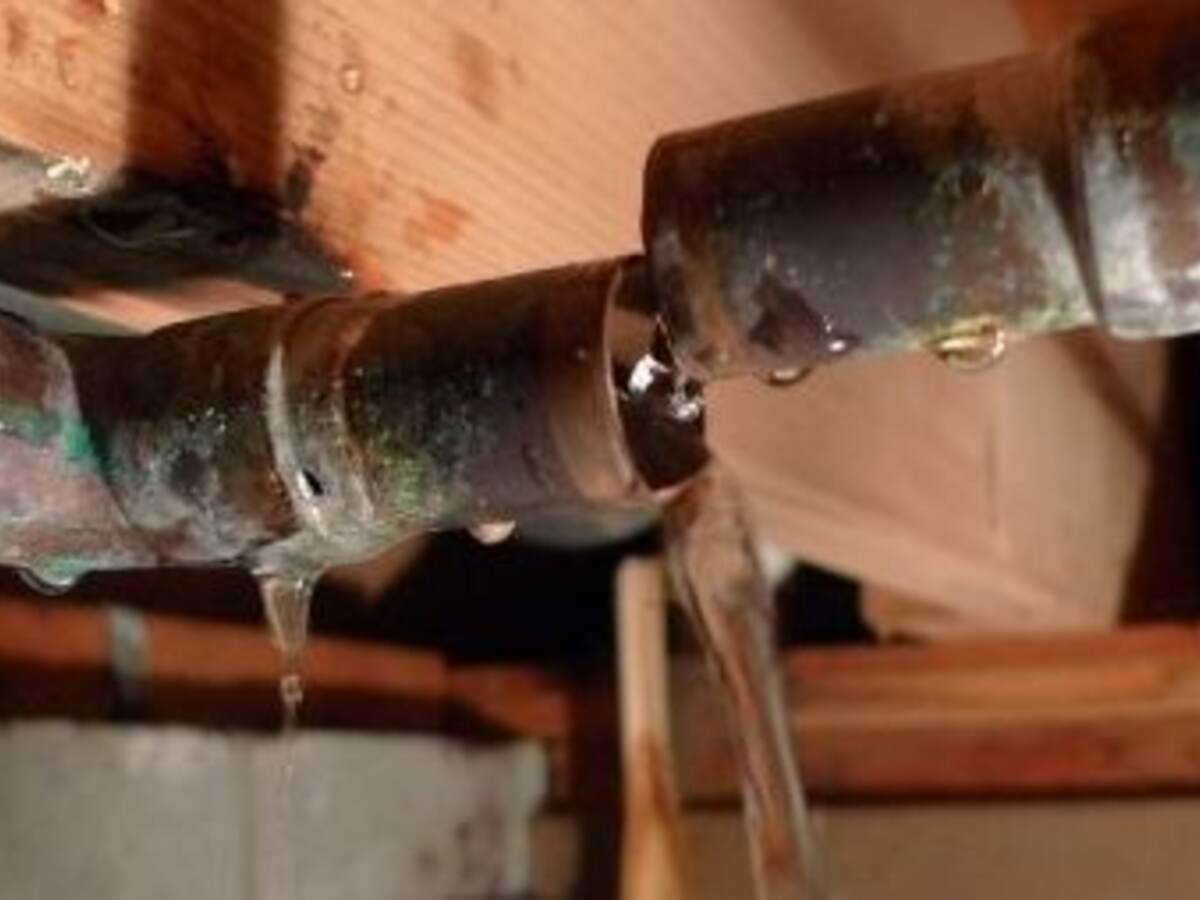November 1, 2016
Every day, more than 14,000 people in the United States experience a water damage emergency at work or in their homes. This translates to insurance companies paying out $2.5 billion annually to cover water damage and mold in U.S. homes.
Water leak detectors, water leak alarms and automatic water shutoff devices, or some combination can protect homes and buildings from damage due to water. The most basic type of device closes a circuit and sounds an alarm if water comes across two contact points. Newer systems use sensors to detect a water leak and send an alert to the home or building owner’s mobile device. More comprehensive systems also incorporate water shutoff devices.
Much like security and temperature control devices, new connected water leak sensors are coming into the market. These devices offer new use cases, including preventive water shutoff, smart water usage management, and greater integration with other systems in the “smart” home.
Regardless of the type of device, building and homeowners count on these alarms. Failure to work is not only a financial setback, but the water damage that results could destroy irreplaceable items.
“Water can be a bigger peril than fire,” notes Neil Lakomiak, Business Development Director for UL's Building & Life Safety Technologies division. “In the home, a myriad of things can go wrong: water can cause appliances to malfunction, flexible hoses can burst, the power goes out and a sump pump is inoperable, pipes can freeze in the winter and then burst, and products like water heaters can leak at the end of their useful life.”
Unlike other home protection devices, water leak detectors, water leak alarms and automatic water shutoff devices are not currently required to meet a specific safety or performance standard.
UL Works on Introducing a New Standard
To remedy this, UL has a new standard and certification program under development to address the performance, reliability and safety of these devices. UL expects to introduce this standard into the marketplace around Jan. 1, 2017. The proposed program will test products for attributes such as:
- Performance under various environmental conditions
- Wireless performance
- Supervision
- Interoperability and compatibility, observing how the product it functions together with other devices
- Cycles of operation to evaluate reliability
- Fire, shock and casualty hazards
If you are a device manufacturer, systems integrator, insurer, procurement professional, building owner or manager or a retailer and would like to be involved in the development of this new standard, please contact Neil Lakomiak at Neil.Lakomiak@ul.com for more information.

